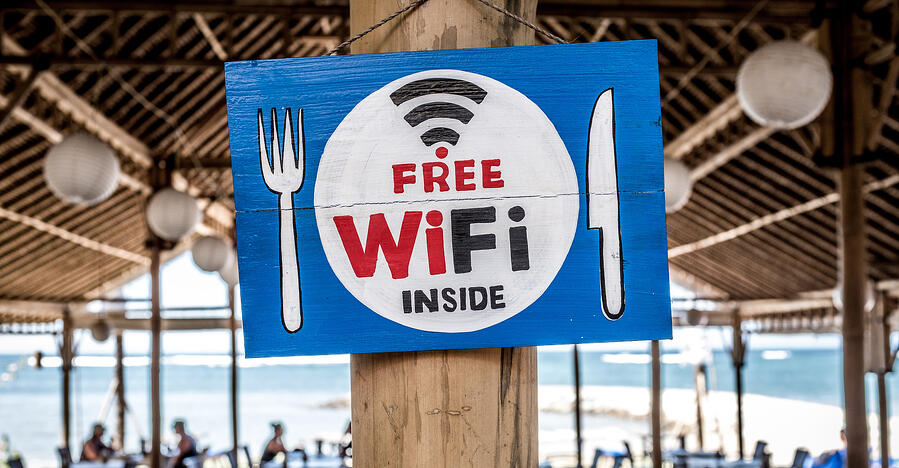
Read this before hooking into that free Wi-Fi all the other students are using
School is back in session, and for many colleges, this means a return to campus. After a full year of distance learning, preceded by a chaotic half-year of distance learning, both faculty and students are now reacquainting with being in person again, not to mention actually out in the world, away from their couch. This reacclimatization will take a little time, but there’s one little part of it we need to talk about right now – the free Wi-Fi. These days, people like to be online 24 hours a day. People also tend to like the path of least resistance, especially when they’re in a hurry. If they are away from their home, and they want to use their device or laptop, chances are they’ll do a quick skim of their Wi-Fi choices, then hook into whichever one seems open, free, and not shady. The problem is, hackers know what people like. These low-security hotspots are the perfect places to launch sneak attacks on users who join. Hackers can see all unencrypted connections, which can lead them to steal personal information, launch man-in-the-middle attacks, or even hijack sessions. Hackers could try to trick users into installing malware, or they could try something less invasive, like packet sniffing, a way of monitoring the information that’s coming and going. Packet sniffing is not so much an attack as simply data analysis for future use. Now, it must be known that joining up with potentially unsecured free networks is not just a folly of the youth. Avast set up fake hotspots at the Mobile World Congress to see how many cybersecurity experts would actually fall for it; and in just 4 hours, the attendees had unknowingly run 8 million data packets through our sniffing software. The easy solve for this problem lies in the sentence, “Hackers can see all unencrypted connections.” If you want to stop them from seeing your data, you can simply encrypt it! How? Get yourself a free VPN to go with your free Wi-Fi. A VPN is a virtual private network that encrypts your internet traffic. Imagine that being online is like cruising down a cyber highway where everyone sees you driving your car – when you use a VPN, your car windows are tinted, and nobody can tell who you are. It’s the best way to keep yourself safe while you brave the free Wi-Fi offerings around campus. Install a VPN on your device and laptop, and switch it on before you join Wi-Fi networks like CouldBeShady-2G or NoHackersHereWePromise. College may look a little different post-pandemic, but there are still a few old adages that ring as true today as they did decades ago. At the top of this list is, “You can avoid a world of complications if you just use protection.” Sage advice.
如有侵权请联系:admin#unsafe.sh